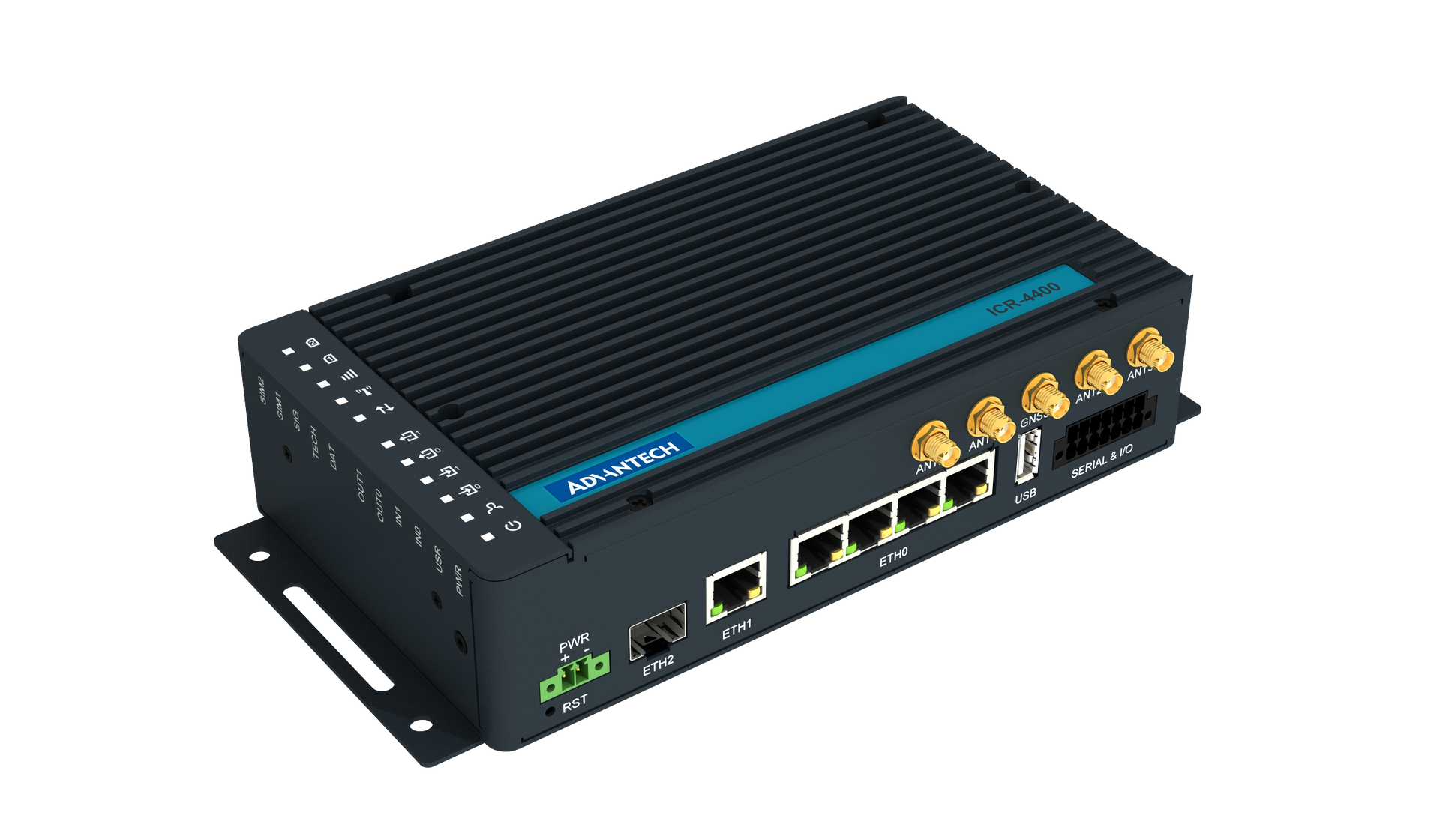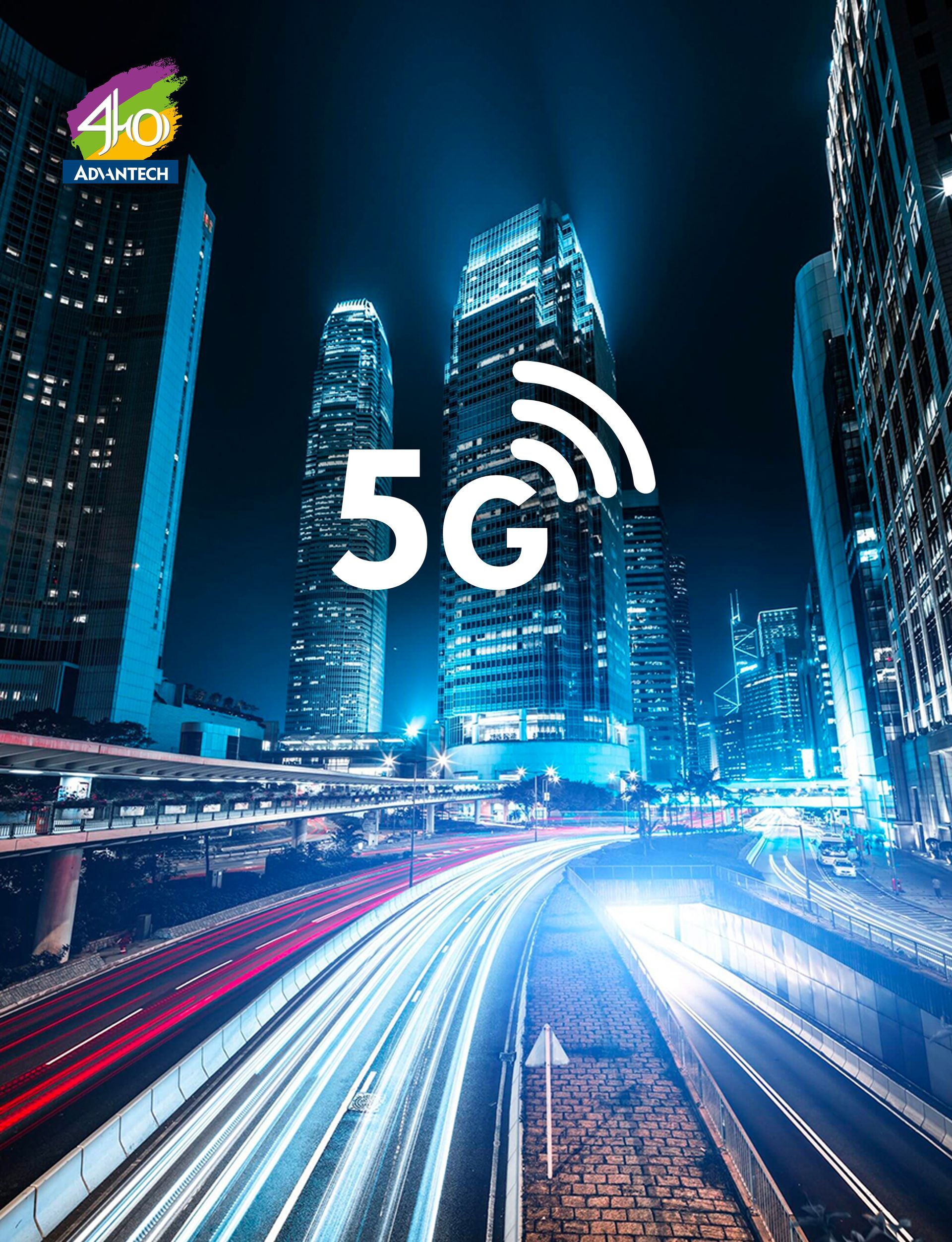BTOB IOT & AI IN MOBILITY
The Promise of 5G for Transport and Mobility

The transportation and mobility industries are on the cusp of a major revolution.Applications such as autonomous vehicles, dynamic, demand-led real-time traffic management using ‘vehicle to anything’ (V2X) technology and high-resolution video/CCTV linked to AI systems to improve compliance, safety and convenience via smart transportation infrastructure have all been spoken about for many years. Initially these were in the realm of science fiction, then discussed as conceptual ‘art of the possible’ technology topics, and now, finally, as realistic aspirations to be implemented in the near future.
One of the transformative technologies driving this change is the introduction and rollout of 5G cellular technology, and the benefits this promises both to the mobility sector and more generally to the Industrial Internet of Things. The potential benefits of 5G have been widely reported elsewhere. Higher data throughput; better signal penetration; low latencies enabling real-time operations; higher mobile device densities; flexible public/private network space enabling performance based SLAs; network slicing for traffic prioritization; and low power transceiver designs for long term battery-powered devices. All of these are highly desirable
characteristics upon which to build the transportation systems and infrastructures of the future.
What is less widely discussed, and therefore less widely understood by those considering adoption of 5G, however, is that many of the reported benefits are not available concurrently. Indeed, some are effectively mutually exclusive, for example high speed vs. low power/long distance. This means that whilst 5G offers many more ways to optimize the characteristics of the communications network to match the requirements of specific application deployments, it is by no means a panacea for all wireless communication issues.
Whilst 5G will undoubtedly be a very significant technology for the future of the mobility and transportation sector, it is of fundamental importance users realize that for many of the envisaged use cases, existing LTE-based technology meets the needs of an application just as well, with the huge additional benefit that it is widely and
cost-effectively available today.
What is 5G?
The latest generation of mobile cellular telephony has a number of differences from its predecessors. Most of the detail changes exist buried deep in the core of the network infrastructure. These pave the way for more flexible Radio Access Protocols, in turn offering higher mobile device densities, simpler, more granular private network creation and more efficient and reliable routing of prioritized traffic through the core.
At the cell towers, beam-forming technology improves signal quality for any individual session, and new frequency bands have become available beyond those used in current generations of cellular equipment. The much higher frequency bands added enable faster transmission and therefore higher data throughputs coupled to higher device densities, although it should be noted that the highest frequency bands are only relevant for applications over relatively short distances.
In implementation terms, whilst some true end-to-end 5G networks exist today, they are normally relatively small in scale and are very much in the minority. Most current and near-future implementations use a hybrid of 4G and 5G technologies, perhaps implementing 5G radio access to the towers but still operating a 4G architecture at the core, or vice-versa, implementing the new core features, but limiting radio access to 4G for the moment. This obviously causes a lot of confusion in the marketplace, where service providers simply promote their 5G service offering, without qualification of what this means in terms of actual user experience and available features.

Better for some
Despite these factors, it is undoubtedly true that roll out of 5G networks across Europe will bring with it the possibility to address applications that were previously not practical. For example, at the high end of the radio spectrum, the high bandwidth, low latency expansion will provide opportunities to expand real time video monitoring applications beyond the current physical limitations imposed by the need for fixed wire or Wi-Fi connection. Coupled to the higher reliabilities and improved access security promised by 5G technology, this opens up possibilities for new autonomous vehicle and safety applications, at least within relatively constrained
environments such as transit systems, passenger/freight terminals or major junctions/crossing points.
In the middle ground however, there are a huge number of use cases where there is a need for near real-time reporting of a medium volume of data, and here the benefits of 5G are less clear. The ability to support more subscribing devices within a particular cell will be of value in the most extremely densely populated urban environments, and the beam forming capability should mean the service levels in sparsely populated rural locations is better, but both of these situations tend to be outliers from the majority of applications. There is better implicit security within the access mechanisms to a 5G network, plus much more flexibility to create and maintain private access groups within the network, but other than convenience and perhaps some cost benefit, these really achieve little that can’t already be done with LTE in a large number of cases.
The same is true for the low speed, low power and high penetration applications where sensors will be placed on an ever-increasing array of on-vehicle and in-infrastructure measurements. Here, 5G leverages the Narrow Band IoT (NB-IoT) technology that is already available in many LTE deployments. Whilst ultimately the vastly improved device densities promised by 5G will enable the co-existence of many installations in non-mission critical monitoring applications, it remains a fundamental truth that this functionality is essentially available via LTE today, with the current generation of technology being nowhere near saturation point.
Equally interesting for the future trend in this space are the rapid advances occurring in lightweight machine learning and edge inference AI. These mean much of the computing previously envisioned to be in the domain of extremely powerful enterprise systems is instead being devolved to the edge computers closest to the physical assets involved, in turn reducing the requirements for high availability fast communications, and therefore many of the envisaged use cases for 5G. In reality however, these emerging technologies are ultimately complimentary rather than in competition, and both will undoubtedly bring benefits in smart city and infrastructure applications, as well as to vehicle manufacturers keen to add new services to their portfolio.

What about private networks?
One element of 5G that is widely referenced as a big advantage is the ability to create private wireless networks. Whilst it is true that the changes in the core of the network will make this
easier to accomplish, many potential users fail to realize that it is perfectly possible to deploy private LTE networks today. Indeed, there are many examples where private LTE networks are used within freight or passenger terminals and other environments to create technical and commercial advantage.

So should you wait?
Unless you have an application sitting exclusively in one of the categories outlined above, the case for waiting for the relevant 5G service to become available, rather than proceeding today using existing LTE networks is very difficult to justify. Time will tell if there is ultimately a cost advantage to deploying on a 5G network, but common sense suggests that, like any new technology, it is likely to carry a premium in the early days. This will be driven by the need for the cellular providers to quickly recoup their costs both in acquiring the required radio spectrum licenses, and in the capital expense associated with the rollout of the new infrastructure needed to support 5G. These substantial investments, and the need to maximize early revenues suggest the initial focus of the cellular operators is likely to be biased towards high volume, high bandwidth applications, and this means consumer-led video and broadband provision, rather than mainstream M2M projects.
Even when 5G networks become ubiquitous, any investment made in existing LTE solutions will be protected. The 5G specifications define the use of hybrid networks using 4G RANs coupled to a 5G core, or vice versa. Indeed, as already mentioned, many of the initial implementations have been hybrid in nature, with the focus being on the improvements to the core network, meaning the wireless technology used in the cell towers is still LTE.
All of this suggests that the sensible strategy if implementing a cellular architecture for an M2M deployment is not to wait. Instead, it is to analyze the application requirements and segregate those which can only work by leveraging some new feature provided by 5G. The remainder, which is likely to be the majority of use cases, can be implemented immediately using LTE, safe in the knowledge that the investment is protected. Those parts that need to use 5G can then be piloted as soon as the required services are available, with a view to rolling out alongside the existing deployment once they are proven effective.
About Advantech
Established in 1983, Advantech is a leading provider of trusted innovative products, services, and solutions. Advantech offers comprehensive system integration, hardware, software, customer-centric design services, embedded systems, automation products, and global logistics support. We cooperate closely with our partners to provide complete solutions for a wide range of applications in diverse industries. Our mission is to enable an intelligent planet by developing automated and embedded computing products and solutions that facilitate smarter working and living. The number of applications and innovations made possible using Advantech products is unlimited.








